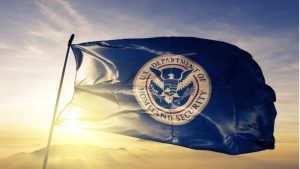The Biden administration announced more than $10 million in grants on July 22 to expand high speed internet for minority serving universities and colleges across the country.
Connecticut has announced that it has created seven new technology education programs at its public and private colleges and universities to increase the state’s competitiveness of its postsecondary institutions.
A group 10 of state attorneys general (AG) wrote a letter to Congress encouraging the legislators to set a Federal floor for critical privacy rights— and not a ceiling— while respecting important work already done by states to provide strong privacy protections for their residents.
While the Biden administration is pushing hard to increase broadband service access across the country, the White House needs to come up with a national strategy to do so on tribal lands where broadband access has traditionally lagged, the Government Accountability Office (GAO) said in a new report.
Gov. Kathy Hochul of New York State has announced the start of a new $30 million cybersecurity program that aims at helping local governments across the state.
The Montana Department of Commerce (DOC) is the first agency in the state to become fully digitized, achieving Gov. Greg Gianforte’s statewide digital challenge.
Witnesses at a House Homeland Security Committee hearing on July 20 provided lawmakers with feedback about how local election officials are viewing security information being supplied to them by the Federal government, along with the need to train local officials on ways to defeat misinformation.
The Oregon Department of Corrections (DOC) has yet to fully implement important and critical cybersecurity measures, according to an audit report put out by the Secretary of State Shemia Fagan.
Maryland Gov. Larry Hogan has announced more than $127.6 million in broadband grants for local jurisdictions, Internet Service Providers, and community organizations, as well as education-specific grants that will expand infrastructure and provide wireless devices and equipment to Maryland’s K-12 students.
The Vermont Department of Public Service (PSD) and the Agency of Transportation (AOT) will start conducting new drive tests to gather data and determine mobile wireless coverage throughout the state.













